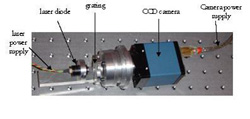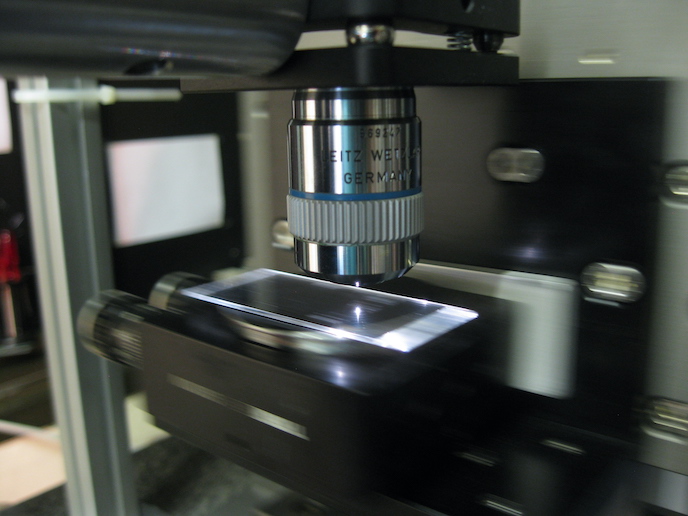Innovative solution for gas nanosensors
The EC-funded NANOPHOS project focused on the development of innovative technologies to aid the detection of a number of gas agents, including carbon monoxide and a series of hydrocarbons. Research teams at the Universite Paul Cezanne in Marseilles worked on the detection of the hydrocarbons butane and propane. Their working principle was to utilise a grating coupler, thus enabling light waveguide coupling. In turn the waveguide is covered by the gas-sensitive layer, the refractive index of which changes upon exposure to hydrocarbon gases such as butane and propane. It is this change in the refractive index, which is detected as the change in the angular shift of the mode-line corresponding to the light guided into the waveguide. The grating coupler sensor head, the result of this research, was demonstrated to detect quantities as low as 1000ppm of propane or butane diluted in dry air or nitrogen. In addition, other gases such as ozone did not appear to interfere with the gas sensing functionality.







